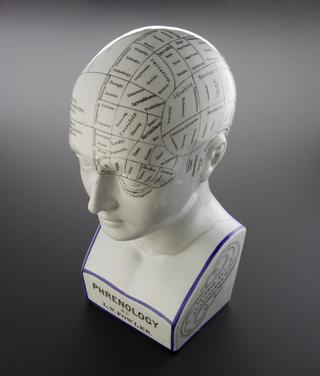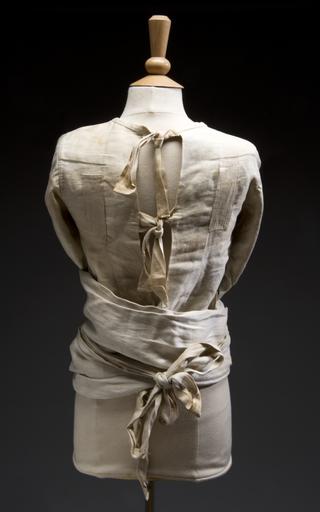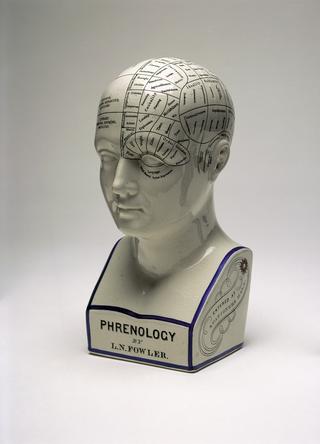
Stereotaxic unit, Chicago, United States, 1980-1999
- maker:
- C H Stoelting Company




Stereotaxic (or stereotactic) unit, for immobilising rodent in order to administer surgical procedures, usually to the brain; made by Stoelting and used at the Psychology Department, Guildhall University, 1980-1999.
Rodents were immobilised during experiments, usually involving the brain, using this stereotaxic (or stereotactic) apparatus. The Psychology Department of Guildhall University used the unit during the 1980s. It was made by American manufacturer C. H. Stoelting and Company.
Animal experimentation for scientific and medical research remains controversial. One main argument has been whether the benefits of animal testing ever outweigh the moral issues. The first organised anti-animal experiments or anti-vivisection movements were at their peak in Britain in the 1870s and 1880s. Their actions led to tighter restrictions on who could perform experiments.
Details
- Category:
- Psychology, Psychiatry & Anthropometry
- Object Number:
- 1999-1047
- Materials:
- metal
- Measurements:
-
overall: 330 mm x 260 mm x 360 mm,
- type:
- stereotaxic apparatus
- credit:
- Guildhall University, Psychology Department




